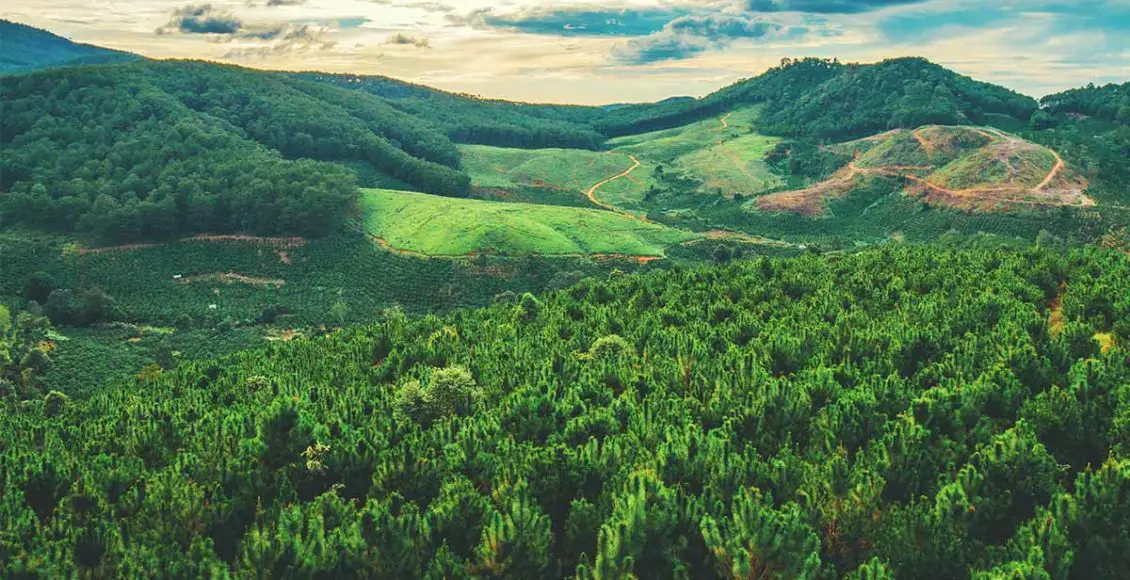Good news about the environment isn’t all that easy to come by.
It seems like every day we hear about polluted water, plastic in the ocean, and air that’s making people sick. But new data from NASA is giving Earth lovers a reason to smile.
Data from NASA satellites shows that the world is literally greener than it was two decades ago. It’s counterintuitive given how often we hear about rainforests being cleared, and the gains in greenery are coming from unexpected places.
Both China and India appear to be leading the world in tree planting efforts, with massive, ambiguous tree planting programs underway in both countries.
NASA began tracking global greenery during the mid 1990s, which makes a 20-year big picture look at the surface of the planet piossible.
NASA uses two satellites to record data. These satellites are able to gather high-resolution data down to 500 meters off the ground.
The gains made in greenery worldwide are equivalent to the tree cover of the entire Amazon rainforest – approximately 2 million square miles of new greenery has been planted in the past 20 years.
“China and India account for one-third of the greening, but contain only 9% of the planet’s land area covered in vegetation – a surprising finding, considering the general notion of land degradation in populous countries from overexploitation,” Chi Chen of the Department of Earth and Environment at Boston University and lead author of the study, said.
The data collection is massive. NASA’s satellites are able to take a snapshot of everyplace in the world as many as four times every day.
“This long-term data lets us dig deeper,” said Rama Nemani, a research scientist at NASA’s Ames Research Center and a co-author of the study.
“When the greening of the Earth was first observed, we thought it was due to a warmer, wetter climate and fertilization from the added carbon dioxide in the atmosphere, leading to more leaf growth in northern forests, for instance. Now, with the MODIS data that lets us understand the phenomenon at really small scales, we see that humans are also contributing.”
Whether or not this trend continues is fairly up in the air. To date, tree planting programs are still fairly aggressive, but in India, for example, groundwater is being used to irrigate cropland. If more cropland is developed in the next 20 years, depleting groundwater could have an impact on surface-dwelling trees. But Nemani thinks that the trend could continue.
“Once people realize there’s a problem, they tend to fix it,” Nemani said. “In the 70s and 80s in India and China, the situation around vegetation loss wasn’t good; in the 90s, people realized it; and today things have improved. Humans are incredibly resilient. That’s what we see in the satellite data.”



